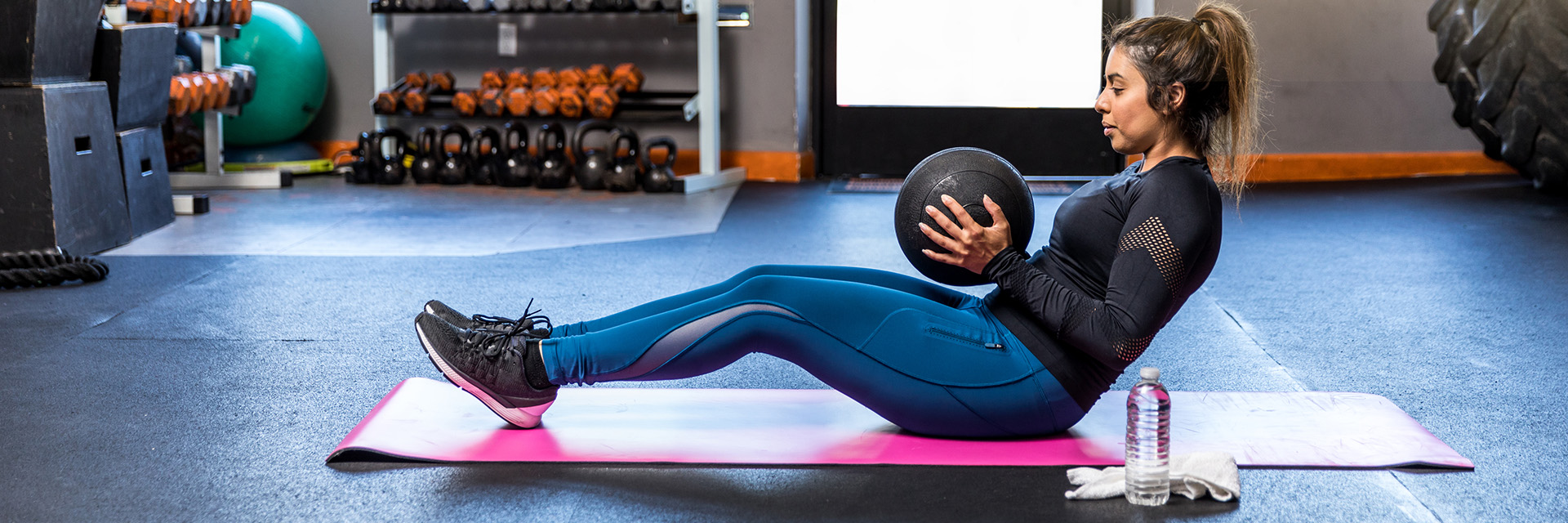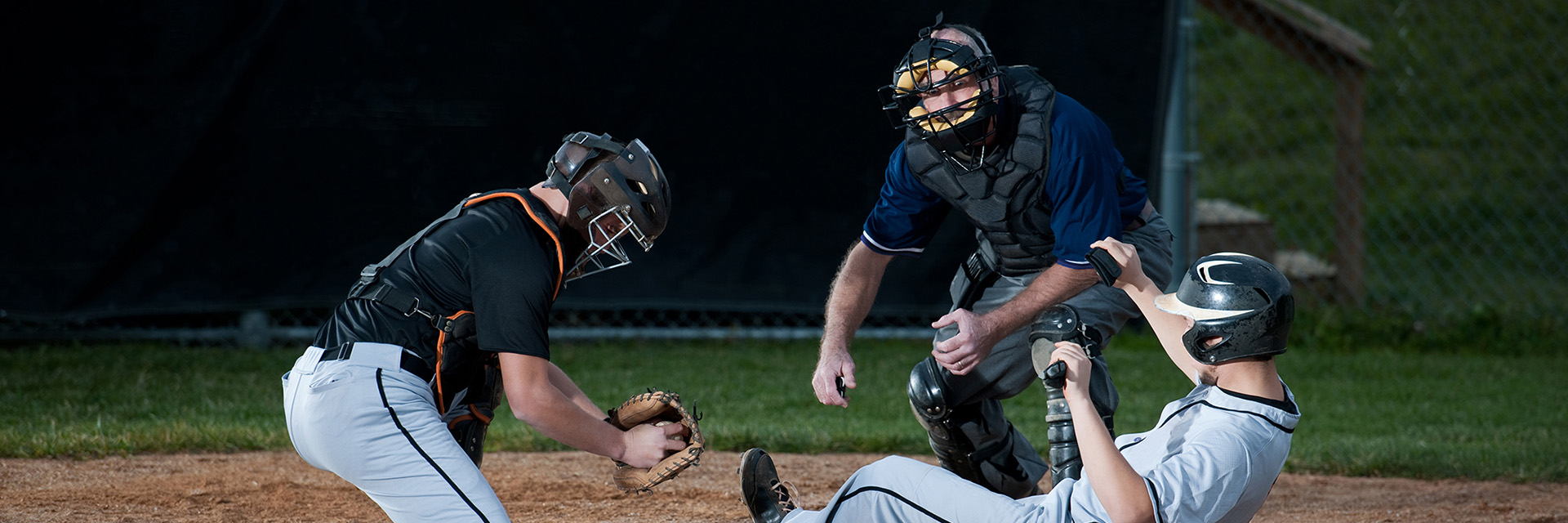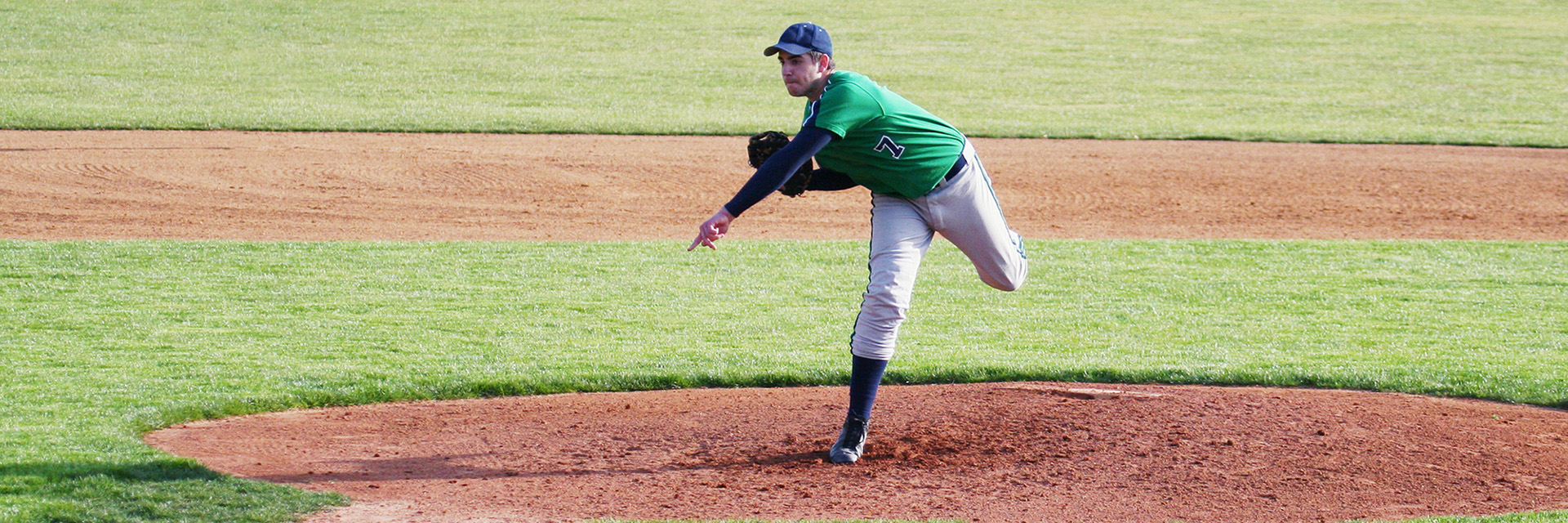Many people enjoy an active lifestyle which can sometimes result in injuries, regardless of whether you are a competitive athlete or enjoy sports for leisure.
No matter how an injury occurs, it can be very frustrating to a person who views physical activity as an important part of their life.
If you or your athlete is dealing with a sports-related injury, it can be difficult to understand and navigate new terms being used to describe what's wrong and what's going to happen next.
We want to empower you with as much information as possible to prevent an injury and help you gain a better understanding of the different types of sports injuries.
Injury Prevention
Preventing injuries before they happen is ideal. When injuries do occur, it is important for you to know how to address an injury or illness.
There are four simple ways to help reduce the risk of injury in an athlete:
- Have an annual physical before you participate in sports.
- Engage in proper conditioning before you participate in athletics.
- Make sure you are getting proper nutrition.
- Warm up and cool down to allow your body to adjust.
There are six common athletic injuries that occur:
- Bruising
- Cramping
- Sprains involving your ligaments
- Strains involving your muscles and tendons
- Tendonitis caused by overuse
- Bursitis, inflammation of the bursa sac that is located between your tendon and your skin or possibly your tendon and your bone.
It is important that you identify and treat athletic injuries at the onset. With proper intervention, you can control and reduce pain, swelling, and loss of motion and loss of function to the injured area. Also, never ignore an injury. A good rule of thumb to remember is all injuries have pain, but not all pain can be considered an injury.
As soon as possible after an injury, remember the acronym, PRICE, to remind you of how to care for your acute athletic injuries:
P - Protect the athlete's body part from further injury by taping, bracing, splinting or immobilizing
R - Rest the injured area by discontinuing painful activity or exercise
I - Ice the injured area with an elastic wrap or bandage from below the injury up toward the heart. Wrap it tight enough to control the swelling without cutting off circulation.
C - Compress the affected area by using an ace bandage to wrap the area from the farthest point to a point closer to the center of the body. Wrap it tight enough to control swelling but not cut off circulation.
E - Elevate the injured area to a level above the heart. This will help blood flow away from the injured site. At night, elevate the injured area with pillows.
If you or your athlete have sustained an injury, it is important to know when to see a physician. Although every injury is different, you should call your physician if you are not able to withstand the pain or your movement of the affected area is limited. If pain and swelling lasts a few days without getting better or other issues arise, consult a physician for an evaluation.




